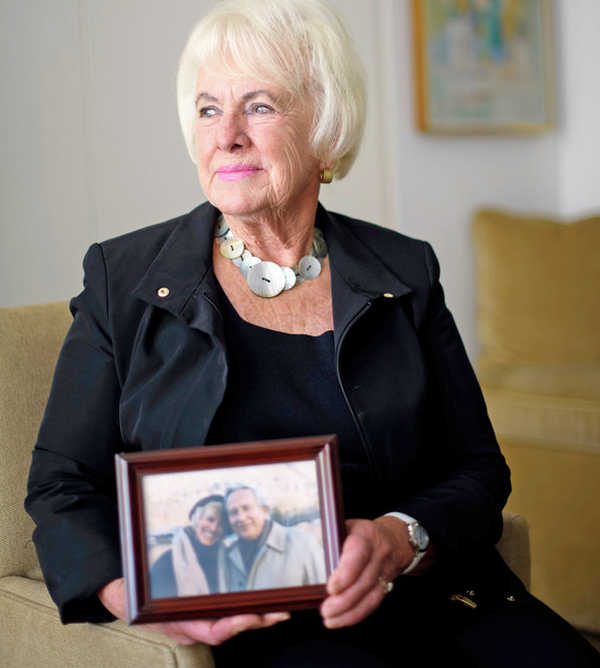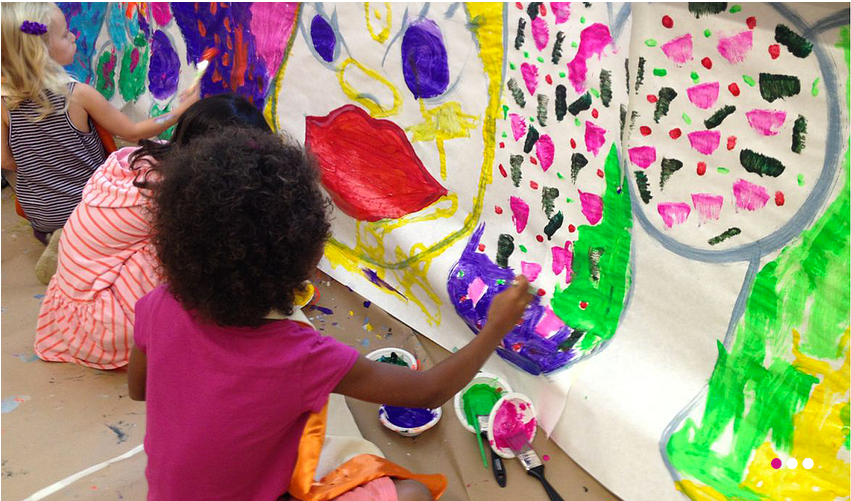"It all started one stupid, rotten day when everything went wrong…
Peter the cow is having a BAD day. After missing the bus and wiping out on his bike he loses his temper and gets in trouble. To make matters worse all the other kids are teasing him, calling him Moody Cow. Peter’s day just seems to get worse until his grandfather comes over and teaches him how to settle his mind and let go of his frustration through a simple and fun exercise. This vibrant and funny children’s book is a playful way to introduce children to the power of meditation. With full color illustrations by the author, Moody Cow Meditates is a wonderful book for parents and children to share together.
Look for the Moody Cow Mind Jar App for iPhone and iPad, available in the App Store and iTunes!"

















